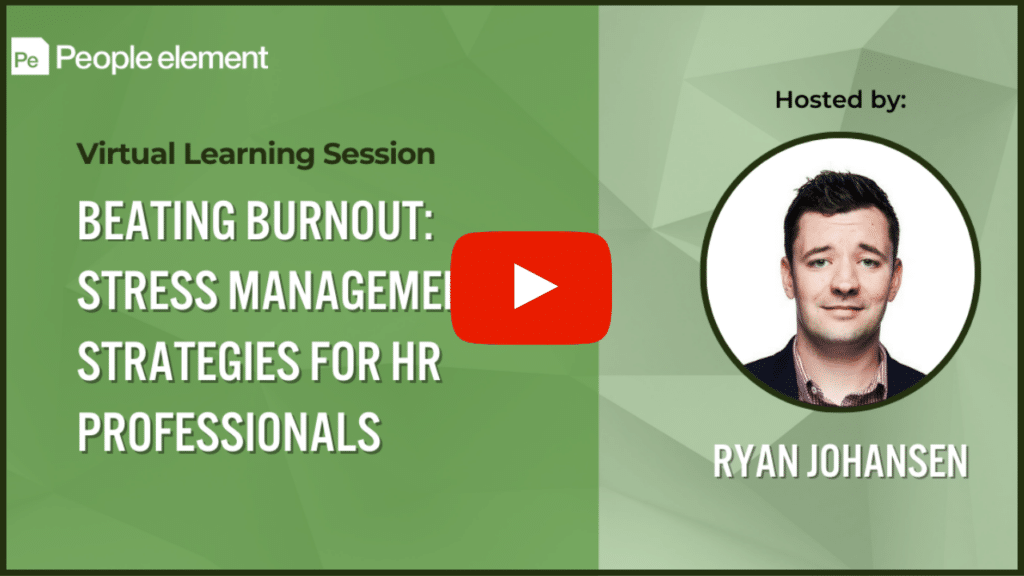From looming deadlines to heavy workloads, feeling perpetually stretched thin can zap your motivation and leave you feeling emotionally drained. But it doesn’t have to be this way. Let’s delve into actionable tactics to help you combat burnout in your workplace, cultivating a healthier, more fulfilling work experience.
Consequences of Burnout
As an HR leader, you understand the importance of a thriving workforce. But when burnout takes hold, it can cripple employee well-being and have a ripple effect across your organization. Burned-out employees are more likely to be disengaged, have decreased productivity, and experience higher absenteeism. This translates to a decline in morale, increased turnover, and ultimately, a weakened bottom line. Recognizing the warning signs and having proactive strategies in place to combat burnout is not just about employee well-being, it’s a critical business imperative.
Benefits of Mitigating Workplace Burnout
Let us be clear: the benefits of mitigating workplace burnout extend far beyond simply improving employee well-being. By prioritizing burnout prevention, you’re fostering a culture of resilience and engagement. This translates to a happier, healthier workforce with increased productivity, creativity, and innovation. Plus, reduced absenteeism and lower turnover rates translate to significant cost savings for your organization. Moreover, a positive work environment is a magnet for top talent, giving your company a competitive edge in the recruitment market.

What Gets in the Way
While the potential rewards of tackling burnout are clear, there can be roadblocks on the path to progress. Busy schedules, competing priorities, and even a lack of awareness about burnout’s true impact can lead to inertia. Sometimes, well-intentioned but ultimately unsustainable practices, like glorifying long hours or neglecting breaks, can become ingrained within the company culture. Addressing these challenges requires a shift in mindset and a willingness to prioritize proactive solutions over reactive firefighting.
Main Obstacles to Overcome
Conquering workplace burnout requires tackling two main obstacles: demands and resources. Excessive workloads, unclear expectations, and a lack of control can overwhelm employees. On the flip side, inadequate support systems, limited autonomy, and a culture that discourages breaks or healthy boundaries can further exacerbate burnout. By addressing both sides of the equation – reducing demands and bolstering resources – we can create a work environment that fosters well-being and empowers employees to thrive.
Strategies to Focus On
The most effective approach is a multi-pronged one. This includes fostering open communication to identify and address workload concerns. Additionally, providing clear expectations and promoting autonomy can empower employees and give them a sense of control. Encouraging healthy work-life balance through flexible schedules, stress management resources, and promoting breaks for rest and rejuvenation are also crucial aspects. Finally, building a culture of recognition and appreciation can go a long way in boosting morale and reminding employees of their value.

Understand What’s Causing Employee Stress with People Element
Recognizing the warning signs of burnout is just the first step. To effectively combat it, you must understand the root causes of employee stress within your unique organization. People Element’s science-backed wellness surveys provide invaluable insights into employee sentiment and well-being. By pinpointing areas of concern, these surveys can unveil hidden stressors and workload imbalances, allowing you to tailor your burnout prevention strategies for maximum impact.
Let us show you how! Contact us today for a free demo.
Watch our Recent Beating Burnout Webinar






